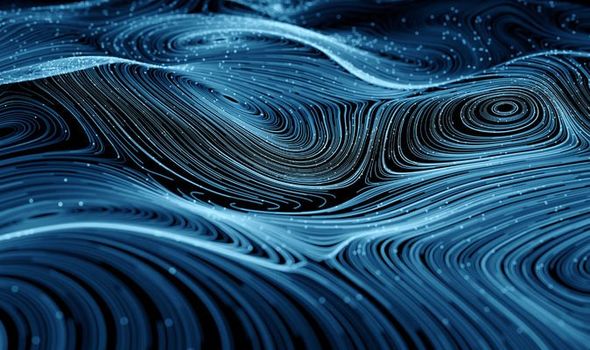
A recent experiment that was meant to seek out dark energy (or the so-called “fifth force”) might put the Chameleon theory and various theories of modified gravity under a big risk, as there were no concluded results regarding the mysterious cosmic matter.
What is “dark energy”?
Dark energy, or alternatively known as the “fifth force” is considered responsible for the expansion of the universe, counteracting gravity, and it is considered the fifth force acting on matter, after the four known and proven ones. While dark energy makes up about 68% of the universe, the force is still a mystery to scientists from all around the world.
The experiment
In the experiment, scientists at the Imperial College London and the University of Nottingham in the United Kingdom were testing a theory that dark energy is weaker when accompanied by other matter, such as planets, but stronger in a vacuum-like area, like empty space, meaning that dark energy works somewhat opposite to gravity.
The experiment consisted of a tabletop setup in a London basement lab, where scientists placed a metal sphere the size of a marble and a single atom in a vacuum chamber to visualize if dark energy takes its toll on single atoms. If the fifth force actually existed, then the atom would have deviated slightly as it got closer to the sphere, but unfortunately, the experiment was a failure.
“This experiment, connecting atomic physics and cosmology, has allowed us to rule out a wide class of models that have been proposed to explain the nature of dark energy, and will enable us to constrain many more dark energy models,” stated Edmund Copeland, a physics professor at the University of Nottingham’s School of Physics and Astronomy and co-author of the study.
